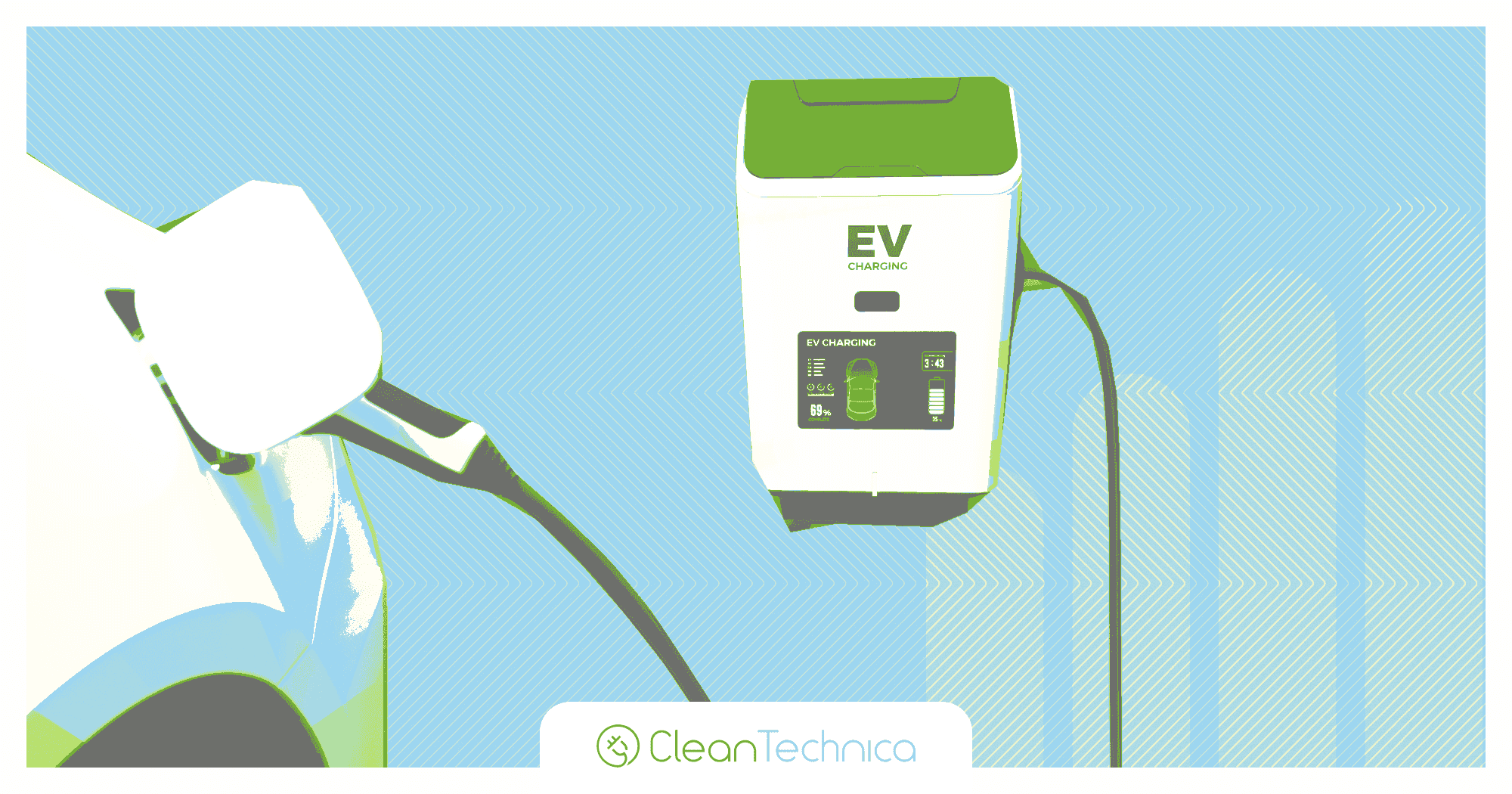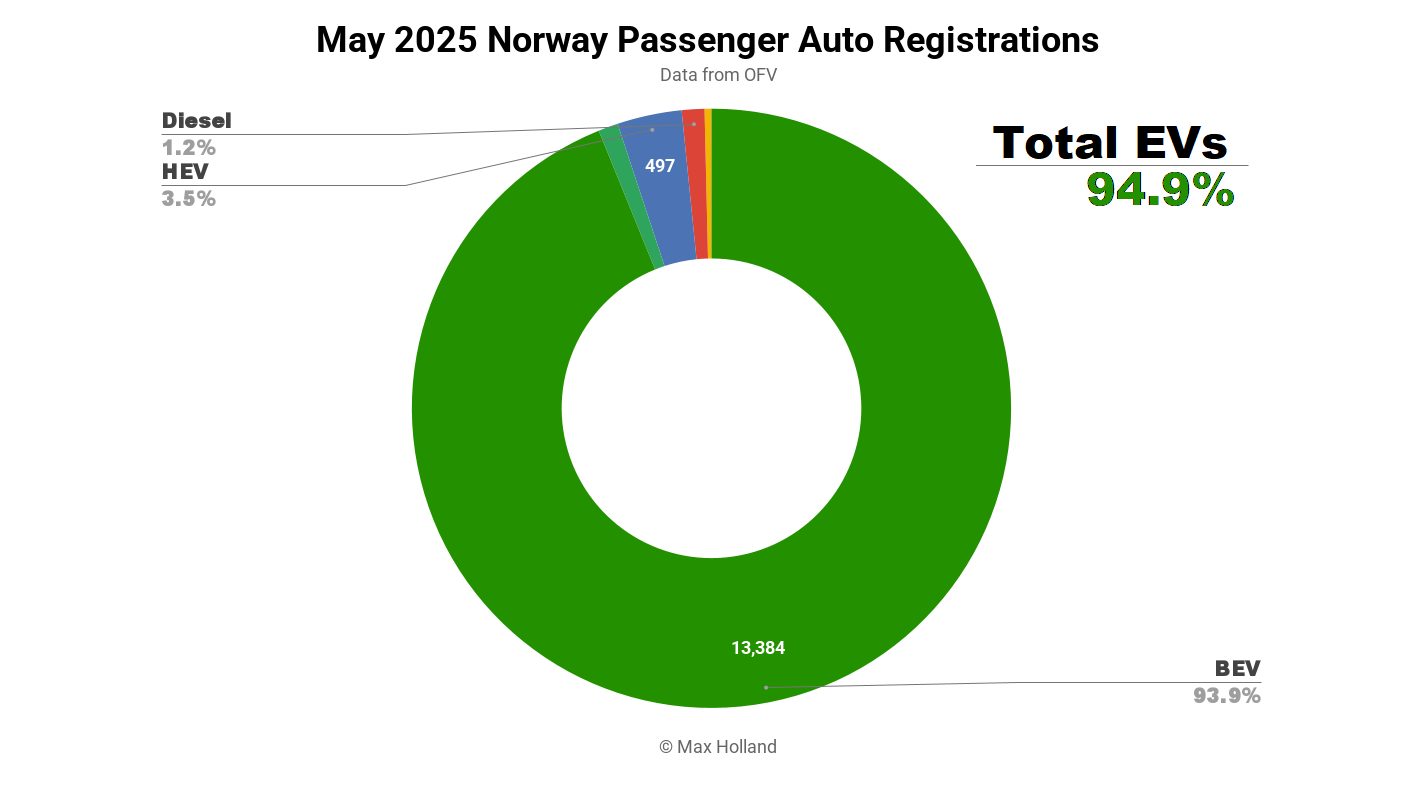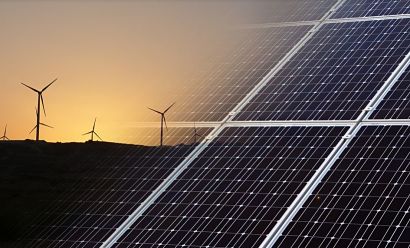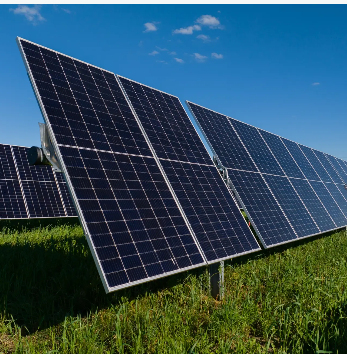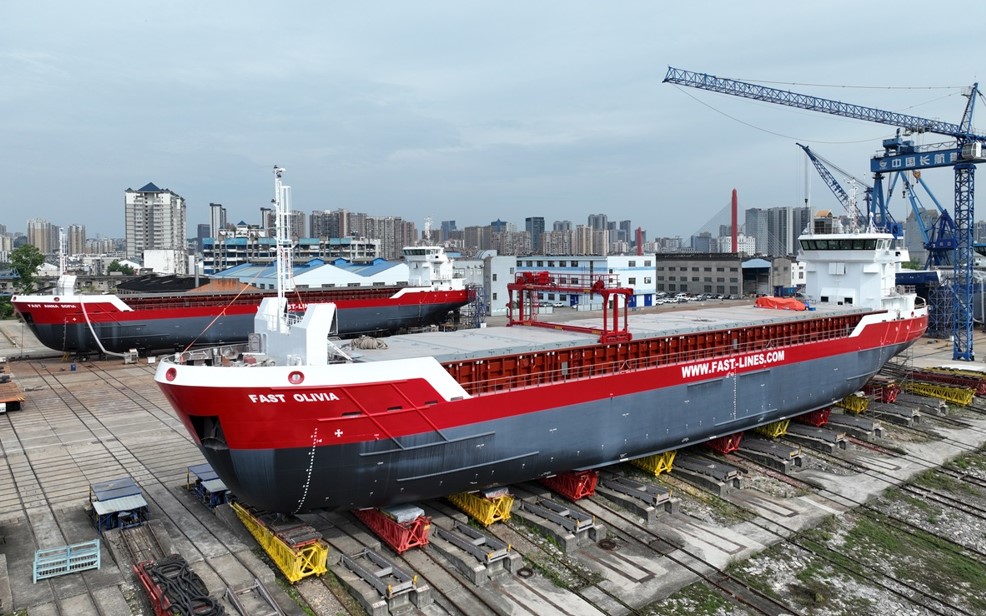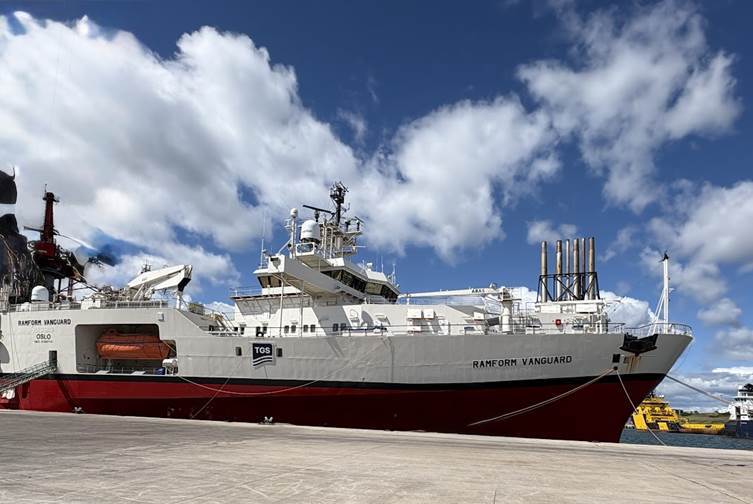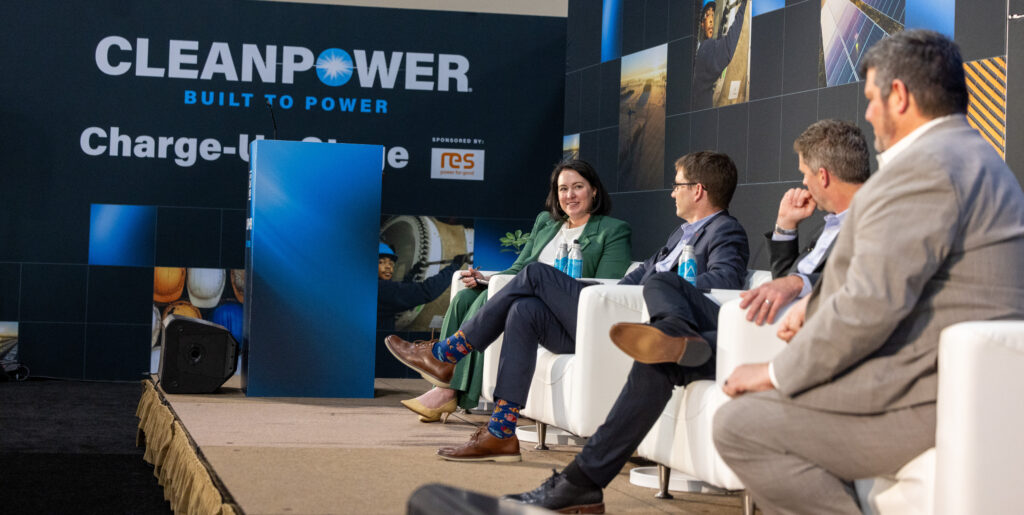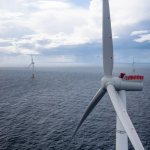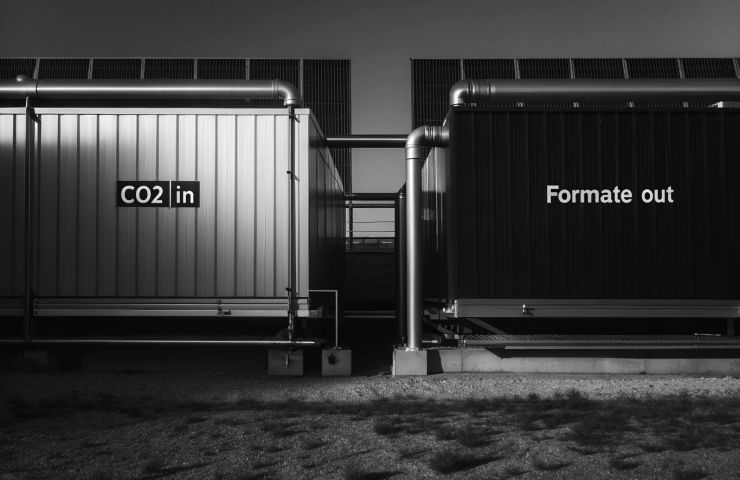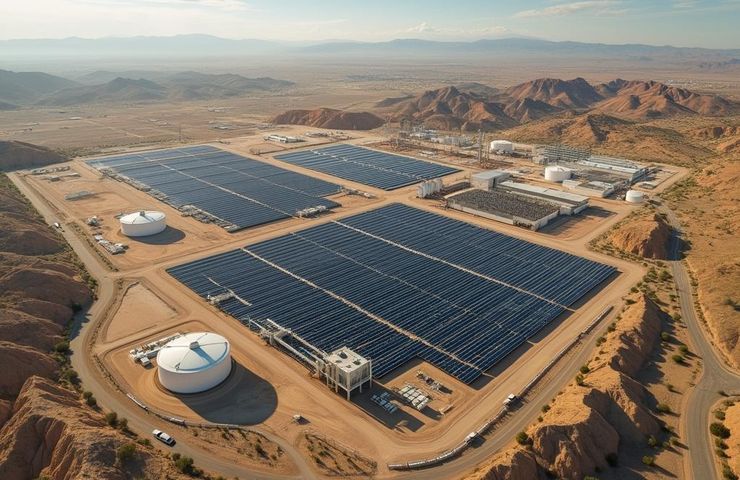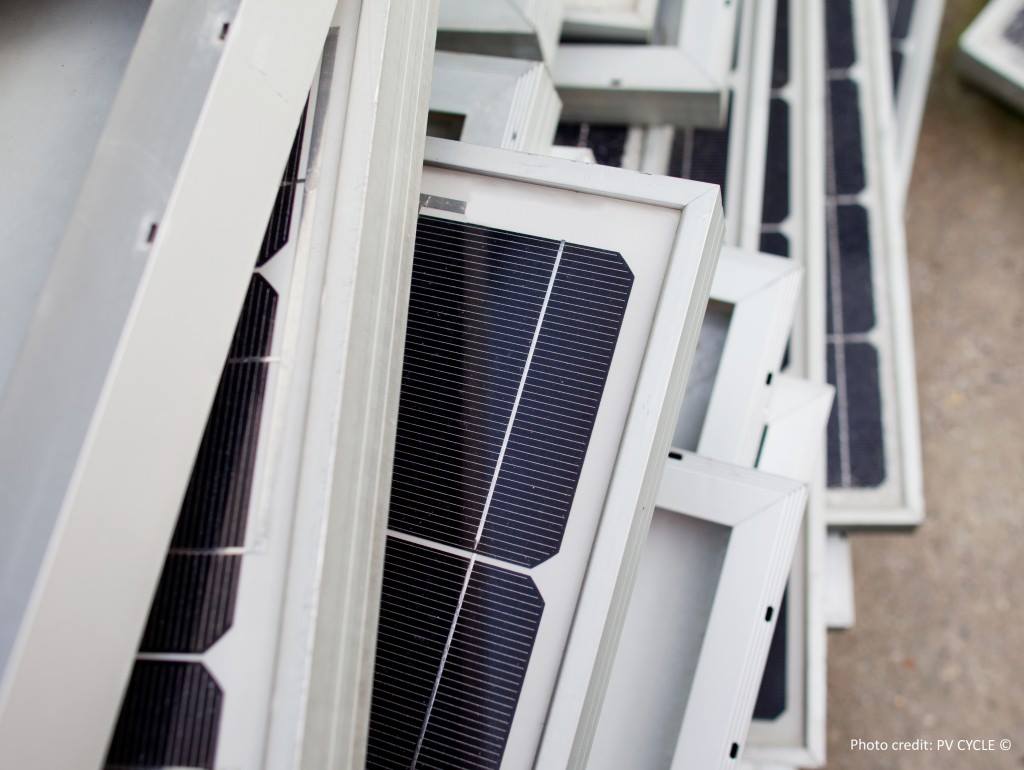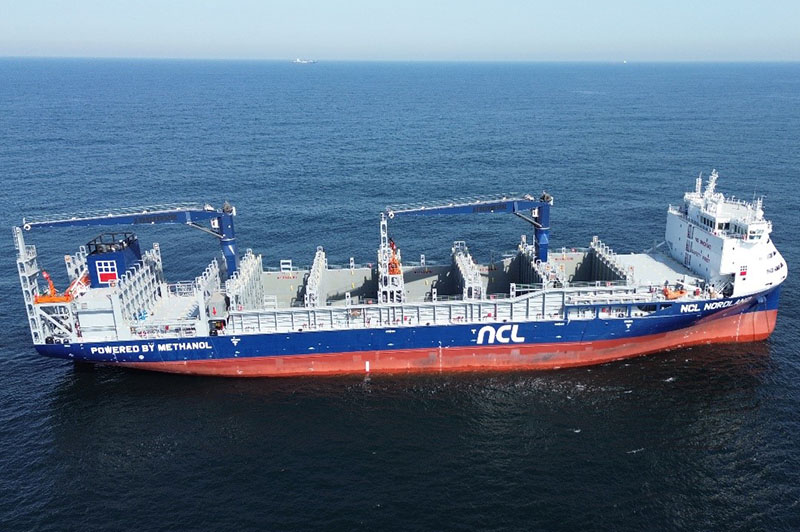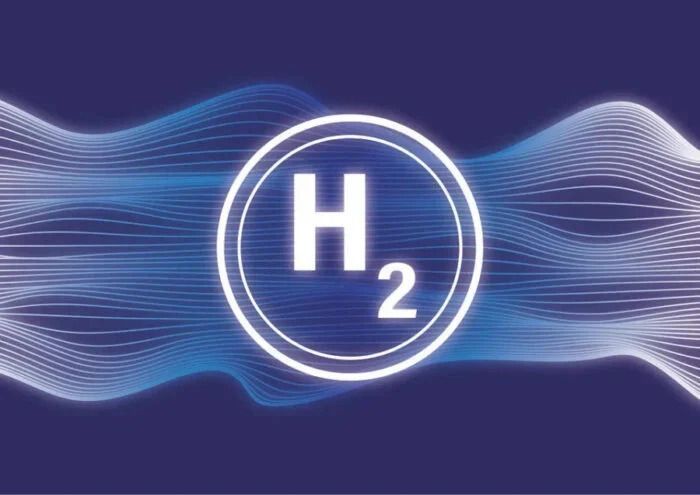Who are the solar and wind champions?
In a new monthly column for pv magazine, the International Solar Energy Society (ISES) reveals that Sweden, Australia, Netherlands, Germany and Denmark are the leading countries for per capita solar and wind generation capacity. Furthermore, it explains that global solar capacity has been doubling every 3 years, and wind every 6 years, whereas fossil and nuclear capacity and generation have been almost static in recent years.

In a new monthly column for pv magazine, the International Solar Energy Society (ISES) reveals that Sweden, Australia, Netherlands, Germany and Denmark are the leading countries for per capita solar and wind generation capacity. Furthermore, it explains that global solar capacity has been doubling every 3 years, and wind every 6 years, whereas fossil and nuclear capacity and generation have been almost static in recent years.
The leading countries for per capita solar and wind generation capacity (W/person) are Sweden, Australia, Netherlands, Germany and Denmark, according to the latest IRENA data. Apart from Australia, all the leading countries are in Europe.
Combined global per capita solar and wind capacity is more than double hydro capacity, and seven times larger than nuclear capacity.
Image: ISES

Speed of deployment
The leading countries for speed of deployment of solar and wind (new Watts per person per year averaged over 2022-24) are Lithuania, Finland, Estonia, Sweden, Netherlands, Australia and Austria (Figure 2). Most of the leading countries are in Europe, along with Australia, Qatar, China and Chile.
Solar PV capacity has been growing faster than all other electricity generation technologies combined since 2022. Since 2010, when it started publishing the World Energy Outlook, the International Energy Agency has vastly underestimated the growth of solar and other renewable energy technologies.
Also included in Figure 2 are global per capita deployment speeds for gas, coal, hydro and nuclear (net new Watts per person per year averaged over 2022-24). Compared with solar and wind, the construction of new fossil and nuclear power stations are cottage industries. Low deployment rates make it more difficult to access finance, skill and supply chains.
Combined solar and wind capacity is being deployed 6 times faster than the combined capacity deployment speed of everything else (fossil, hydro, nuclear and other). This points very strongly to solar and wind domination of future energy systems – they are being deployed rapidly today and will dominate generation in the future as existing power stations retire.
Global solar capacity has been doubling every 3 years, and wind every 6 years, whereas fossil and nuclear capacity and generation have been almost static in recent years. Solar and wind are essentially meeting all the growth in global electricity demand caused by rising population, rising affluence, and electrification of transport, heating and industry.
In 2024, nearly 700 GW of new solar & wind was deployed worldwide. Brazil is a newcomer to the solar PV deployment scene since enacting net metering legislation in 2012, which unlocked the residential rooftop PV market. Brazil is installing rooftop PV at an average of nearly 1 GW per month. This compares with an average of 2 GW per year of net new nuclear capacity over the past decade for the whole world. The global energy market is speaking clearly: nuclear has failed in the global energy marketplace.
The three leading countries share borders with Russia or Belarus. Is this recognition of the security and resilience advantages of deploying millions of solar panels and thousands of wind turbines compared with a few large fossil and nuclear power stations?

The leading countries for annual per capita solar and wind generation (MWh per person in 2024) are Sweden, Denmark, Finland, Australia and the Netherlands (Figure 3). Sweden and Australia are the champion countries for per capita wind and solar generation respectively.
The top ten countries are in Europe, except for Australia. European countries can share electricity across borders to smooth out variable solar & wind. Australia is physically isolated and must go it alone. Australia is demonstrating that this is straightforward at low cost.
Also shown in Figure 3 is per capita annual generation from hydro and nuclear. Combined solar and wind generation has passed hydro generation and will reach double nuclear generation in 2025. At current growth rates, combined solar and generation will pass combined coal and gas generation in 2032.

Authors: Prof. Ricardo Rüther (UFSC), Prof. Andrew Blakers (ANU)
ISES, the International Solar Energy Society is a UN-accredited membership NGO founded in 1954 working towards a world with 100% renewable energy for all, used efficiently and wisely.
What's Your Reaction?












